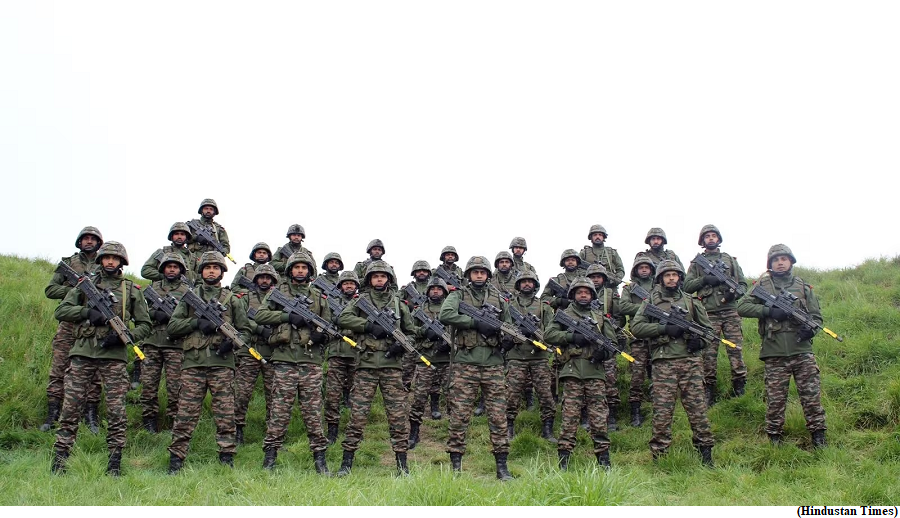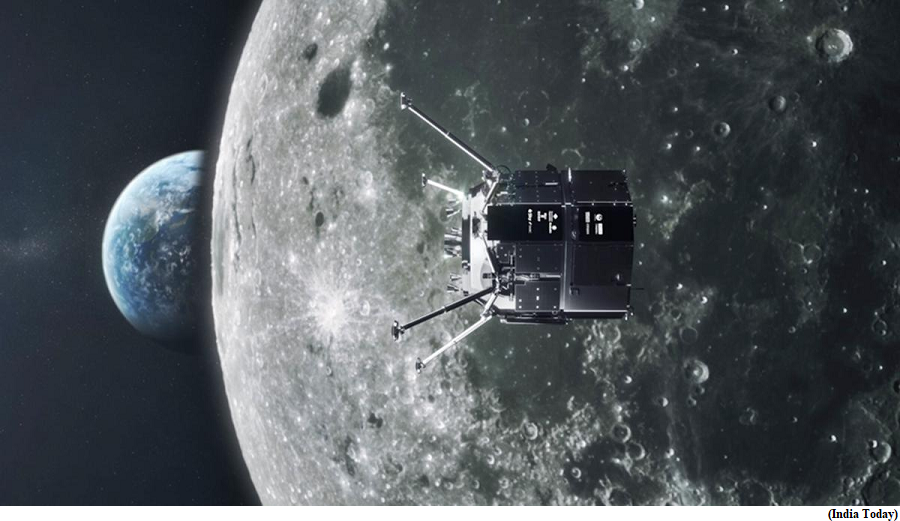Indo UK Joint Military Exercise Ajeya Warrior 2023 (GS Paper 3, Defence)

Why in news?
- The 7th edition of joint military exercise “Ajeya Warrior-23” between India and the United Kingdom is being conducted at Salisbury Plains, United Kingdom from 27 April to 11 May 2023.
About Exercise Ajeya Warrior:
- Ajeya Warrior is a biennial training event with the UK which is conducted alternatively in both countries.
- The last edition was held at Chaubatia, Uttarakhand in October 2021.
Key Highlights:
- Soldiers of the 2 Royal Gorkha Rifles from the United Kingdom and Indian Army soldiers from the Bihar Regiment are participating in the exercise.
- During the exercise, participants will engage in a variety of missions testing their operational acumen in various simulated situations; showcasing and refining their tactical drills, and learning from each other’s operational experience.
Scope:
- The aim of the exercise is to build positive military relations, imbibe each other’s best practices and promote the ability to operate together while undertaking company-level sub-conventional operations in urban and semi-urban environments under UN mandate, in addition to developing inter-operability, bonhomie, camaraderie, and friendship between the two armies.
- The scope of this exercise involves a Command Post Exercise (CPX) at the Battalion level and Company level Field Training Exercise (FTX).
Way Forward:
- “Exercise AJEYA WARRIOR” is yet another significant milestone in defence cooperation between the Indian Army and British Army which will further foster the bilateral relations between the two nations.
Japan's Hakuto R lander crashed on the Moon
(GS Paper 3, Science and Technology)
Why in news?
- Tokyo-based ispace was aiming to be the first private company to land on the Moon when its Hakuto-R M1 lander crashed on the Moon recently.

What caused the loss of the mission?
- The lander with UAE's Rashid Rover was on a descent from an altitude of 100 kilometers above the surface as the landing process began.
- However, data reveals that the spacecraft then experienced an unexpected acceleration on its way down to the surface.
- The spacecraft was to slow down from a speed of 6,000 kilometers per hour to zero in the final 100 kilometers of its descent from the orbit to the surface of the Moon. This is akin to hitting the brakes on a bicycle at the last moment, right at the edge of a ski-jumping slope.
- The lander went into a free-fall towards the surface as its fuel stock was expiring, which could have been used to fire the thrusters to slow it down on the landing approach.
Partial success:
- The spacecraft was commanded to autonomously touch down in the Atlas crater of the Moon.
- While a mission animation showed that it had landed on the surface, ispace could not establish communication with the spacecraft after the landing time passed. It later declared that the mission appears to have failed.
- The lander completed eight out of 10 mission objectives in space that will provide valuable data for the next landing attempt in 2024.
Agenda of the mission:
- Roughly an hour before the planned touchdown, the 2.3 meter-tall M1 began its landing phase, gradually tightening its orbit around the moon from 100 km above the surface to roughly 25 km.
- Ispace aims to provide commercial transportation service to the moon and its demonstration M1 lander was carrying a four-wheeled rover dubbed Rashid from the United Arab Emirates, which too was lost on the Moon.
What’s next?
- The company is now prepping for its M2 lander mission, which is scheduled for 2024.
- However, with the loss of M1, the team will likely delay it and add new upgrades for a successful landing this time.
- The M2 mission will carry ispace's own rover, while from 2025, it is set to work with U.S. space lab Draper to bring NASA payloads to the moon.



